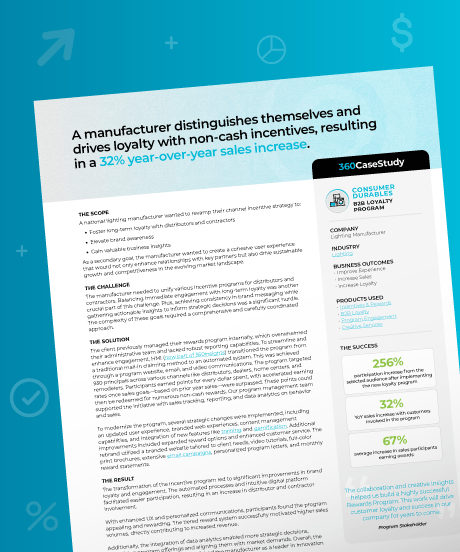Robotic Process Automation (RPA) involves deploying software robots, or "bots," to carry out repetitive, rule-driven tasks within digital systems. These bots mimic human interactions with applications and systems, allowing businesses to automate time-consuming processes.
RPA involves:
- Automating data entry across platforms
- Extracting and processing information from structured or unstructured data
- Performing transactional tasks like invoice processing or order management
- Integrating workflows across different systems
In practice, businesses implement RPA to improve efficiency, reduce human error, and free up employee time for higher-value, strategic work. This results in quicker workflows, reduced expenses, and improved efficiency.
RPA is essential because it drives operational improvements, supports scalability, and enables organizations to adapt quickly to changing demands while maintaining accuracy and consistency.
Simplify Program & Processes for Success

Case Study
Consumer Durables: Improving long-term loyalty through a cohesive user experience
A national lighting manufacturer wanted to switch up their channel incentive strategy in order to increase brand awareness and improve long-lasting relationships with distributors and contractors.
By creating a cohesive user experience - including the integration of training and gamification within this points-based rewards program and optimizing the engagement and comms strategy - this led to significant improvements in brand loyalty and increased revenue.
Learn how the program automations also improved the internal stakeholders reporting capabilities.
.png)